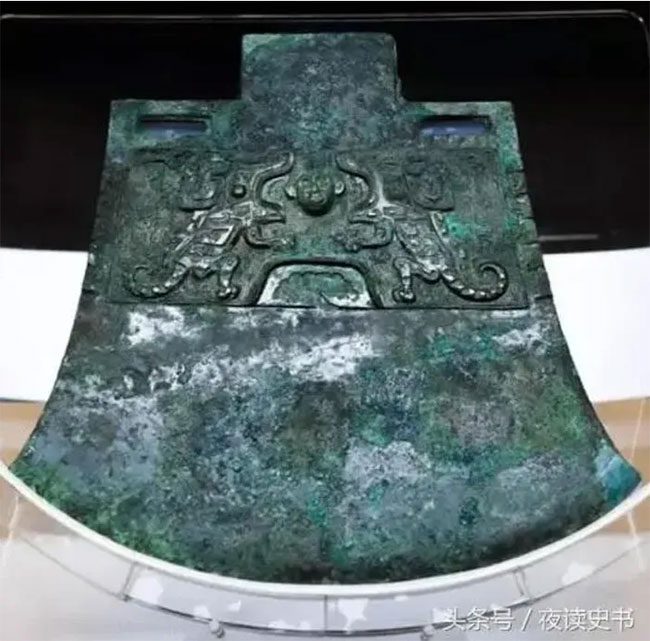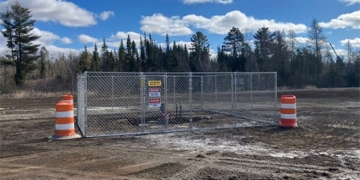Unexpectedly, the antiques discovered by an old man and excavation experts set world records.
In 1970, in the village of Dai Tai, Hebei Province (China), an elderly man stumbled upon 10 peculiar iron lumps while herding sheep in the mountains. Their surface had a beautiful green color. He thought that selling these iron scraps could earn him a little money, so he took them home.
To his surprise, the owner of the scrap purchasing station immediately advised the old man against selling them. It turned out that this owner was knowledgeable about antiques; a brief glance was all it took for him to realize that the green exterior of these “iron lumps” indicated they were actually ancient bronze artifacts, not scrap metal. Trusting the owner’s words, the old man decided to keep the “scrap iron” at home.
A few days later, a group of experts visited the old man’s home. They requested permission to examine the strange “iron lumps”. After their inspection, they confirmed that the items the old man had found were antiquities. The archaeologists eagerly asked him where he had discovered this treasure.
Under the old man’s guidance, the experts uncovered a large ancient tomb complex containing over 100 smaller tombs. This tomb complex was dated to the Shang Dynasty, which means it is over 3,400 years old. Fortunately, this tomb complex was built very securely and had not been disturbed by grave robbers.
After many days of excavation, the archaeological team discovered over 3,000 ancient bronze items, along with countless pieces of ceramics, gold jewelry, and lacquered decorative objects.
At that time, this was one of the most important archaeological discoveries in China. Moreover, the artifacts found by the old man and the experts were certified by the World Record Organization with 7 different records. The old man was shocked to hear this news.

The world’s earliest crafted axe blade. (Photo: Sohu)
Firstly, the record for the world’s earliest crafted axe blade, dating back over 3,400 years.
Secondly, the oldest iron slag in the world. These iron slag and iron ore were discovered during the excavation of the tomb complex, proving that the ancient Chinese had knowledge of iron smelting since the Shang Dynasty.
Thirdly, the oldest surgical instrument in the world. Inside one of the tombs, the archaeological team found a piece of a scalpel known as Bianlian. With an age of over 3,000 years, it has been identified as the oldest medical instrument.
Fourth and fifth, the best-preserved yeast in the world and the oldest brewing site in the world. Within the ancient tombs, archaeologists discovered over 8 kg of leftover yeast, regarded as the oldest and best-preserved distillate yeast in the world.
Sixth and seventh, the earliest plain-woven hemp and crepe silk fabrics in the world. These fabric pieces were found in the ancient tombs, demonstrating that textile weaving skills during the Shang Dynasty were highly advanced.




















































